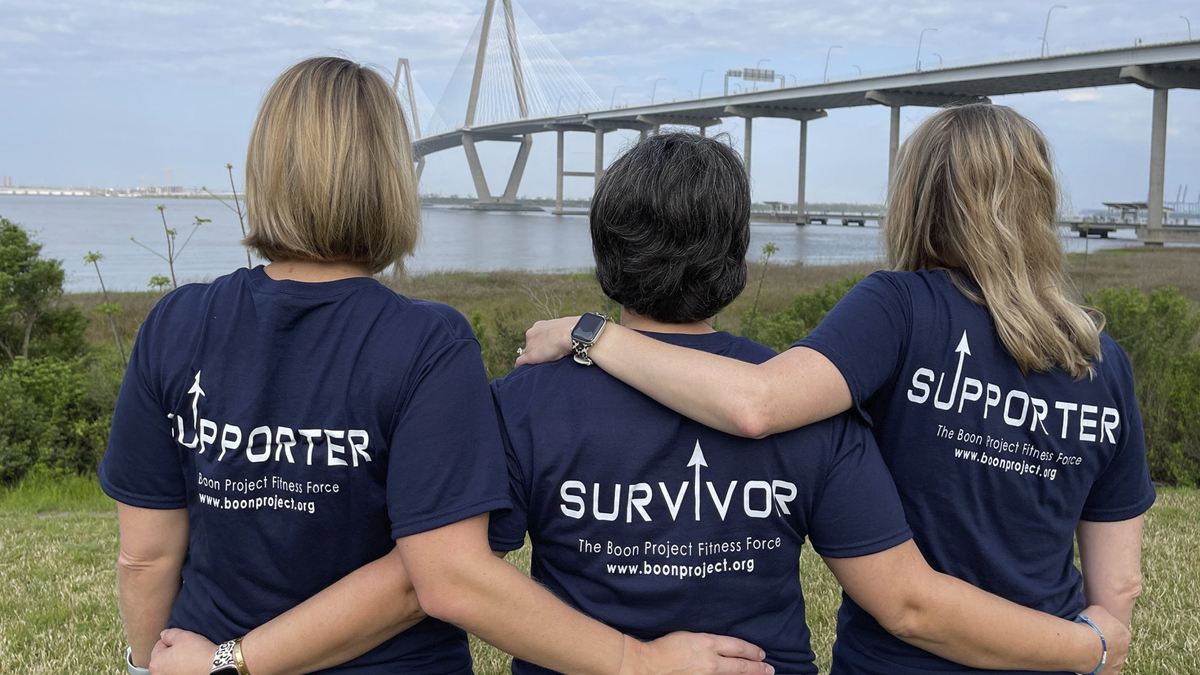Several years ago, while on a routine neighborhood walk near his home in Greenville, Tommy Lewis Neal came upon a large mastiff at the edge of an unfenced front yard. The dog was standing motionless and silent among a crowd of people, and Neal had the sudden urge both to flee and to stay put because “I was a stranger and this dog looked almost as big as me.”
“My first thought was to run, but I knew he would chase me,” Neal recalled. “So I walked right by him, pretending not to notice, as if I belonged with the crowd and the neighborhood. Luckily the dog never moved, growled or acted in any way aggressive – but in my mind I was running from him as hard as I could.”
Neal’s experience is what psychologists call fight or flight – the immediate impulse that happens when someone comes upon a potentially threatening encounter or situation.
Whether you know it as acute stress, adrenaline rush, sudden anxiety or even kill-or-be-killed in extreme cases, fight or flight in all forms not only happens to us far more often than we think – but it can have significant effects, both good and bad, on our long-term health.
“I don’t know if people are more stressed now than they ever were before,” said Dr. Daniel Greenberg, associate professor and chair of the Psychology Department at the College of Charleston. “Certainly there are stressors now that weren’t around a hundred years ago, but there were stressors back then that aren’t around today. In the long run, chronic fight-or-flight responses typically have more of an effect than one or two extreme events – such as encountering the proverbial tiger in a dark forest and somehow managing to escape.”
For example, consider these recent eras and some of their chronic fight-or-flight stresses:
1940s-1950s
- Continual threat of armed war – confirmed by the Korean War and World War II.
- Global spread of communism through the Cold War.
- Social pressure for wives to keep a spotless home.
- Physical bullying in school.
- Making a living.
1970s-1980s
- Sudden threat of armed war – confirmed by the 1979 Iranian hostage crisis.
- Doubled-digit inflation and interest rates.
- Physical bullying in school – made worse by use of Illegal drugs.
- Prevalence of sexual diseases – AIDS and herpes.
- Finding work to make a living.
2020s
- Illness and death from COVID.
- Constant political unrest and division in the United States.
- Physical bullying in school, made worse by social media and use of illegal drugs.
- Business failures, short-staffing, supply chain issues.
- Job insecurity, which often includes no health insurance, no benefits and inflated salaries to pay for inflated consumer prices.
So where then is the proverbial tiger in the dark forest or Tommy Neal’s real life encounter with the mastiff?
Dr. Greenberg pointed out that while extreme incidents sometimes happen to people, the everyday fight-or-flight stresses affect our health more than all the dogs and tigers put together.
“Actually, a brief fight-or-flight response is a good thing. It kicks your sympathetic nervous system into high gear to help you defend against a threat. And, normally, you escape the danger with little or no harm,” he said. “The real problem is chronic stress, which has all sorts of negative effects.”
Chronic stress can come from family upheavals, money problems, personal relationships, illness and death and even dealing with traffic. When these conditions happen too often, or even in one or two life-changing moments, they can affect your health in many ways:
- Cardiovascular disease and hypertension;
- A weakened immune system, which can make you more vulnerable to infection and hamper your body’s ability to heal;
- Brain atrophy, particularly in areas for learning and memory;
- Higher risk for depression and anxiety;
- Gastrointestinal/metabolic illnesses.
Solutions range from deep breathing to exercise to professional counseling.
But Greenberg advised that regardless of the size or frequency of the fight-or-flight stresses, finding your own way to handle them is the best you can do – especially if you are student.
“My colleagues and I worry that students now don’t have the skills to cope with these stresses,” he said. “These skills are called ‘grit,’ ‘resiliency ’ and other things, but they allow you to pick yourself up when you fail, take a deep breath and move on. And while you could dismiss this as older folks grumbling about ‘kids these days,’ the increase in demand for mental health services suggests otherwise.”
By L. C. Leach III







